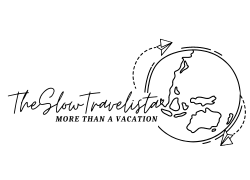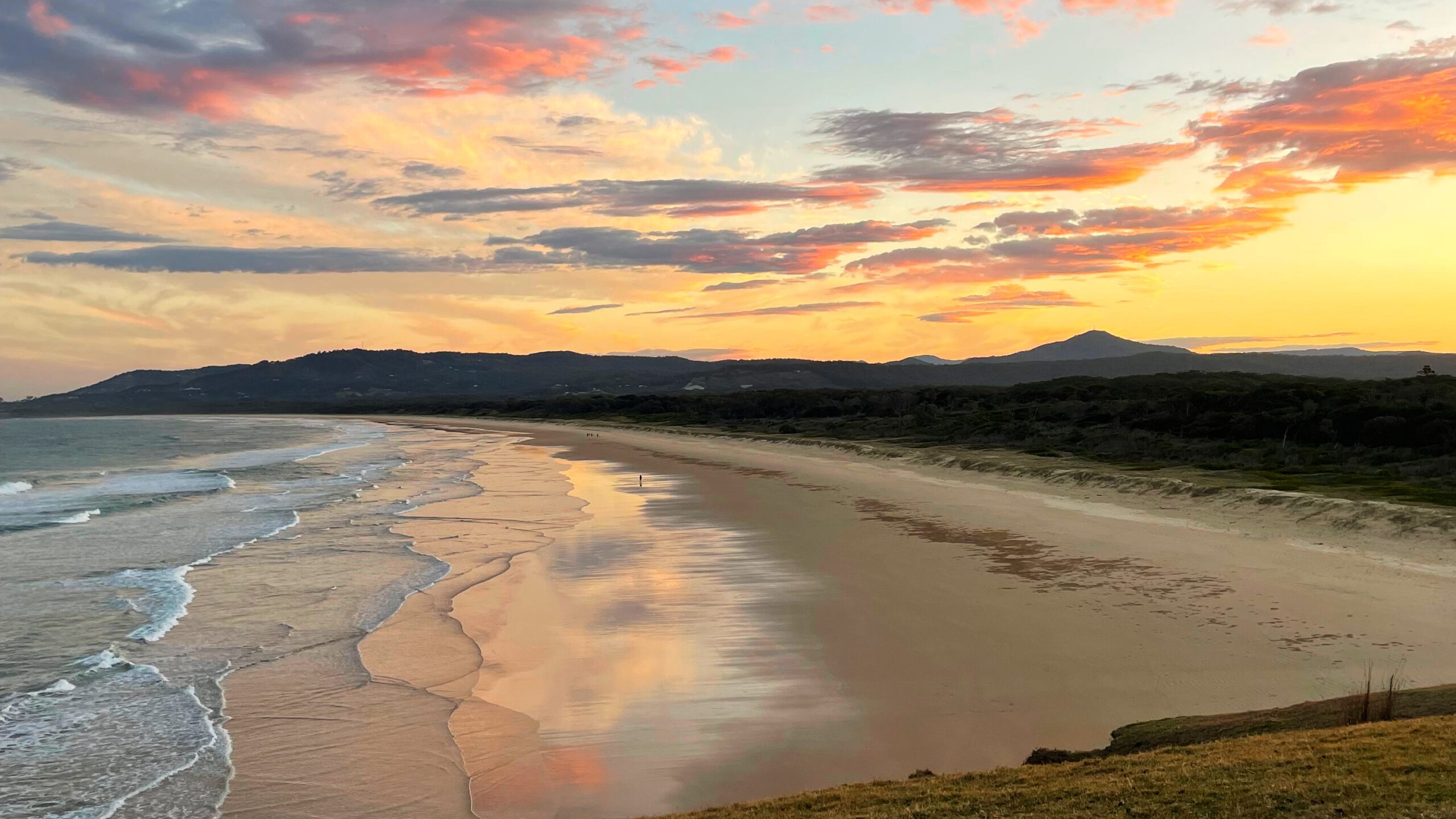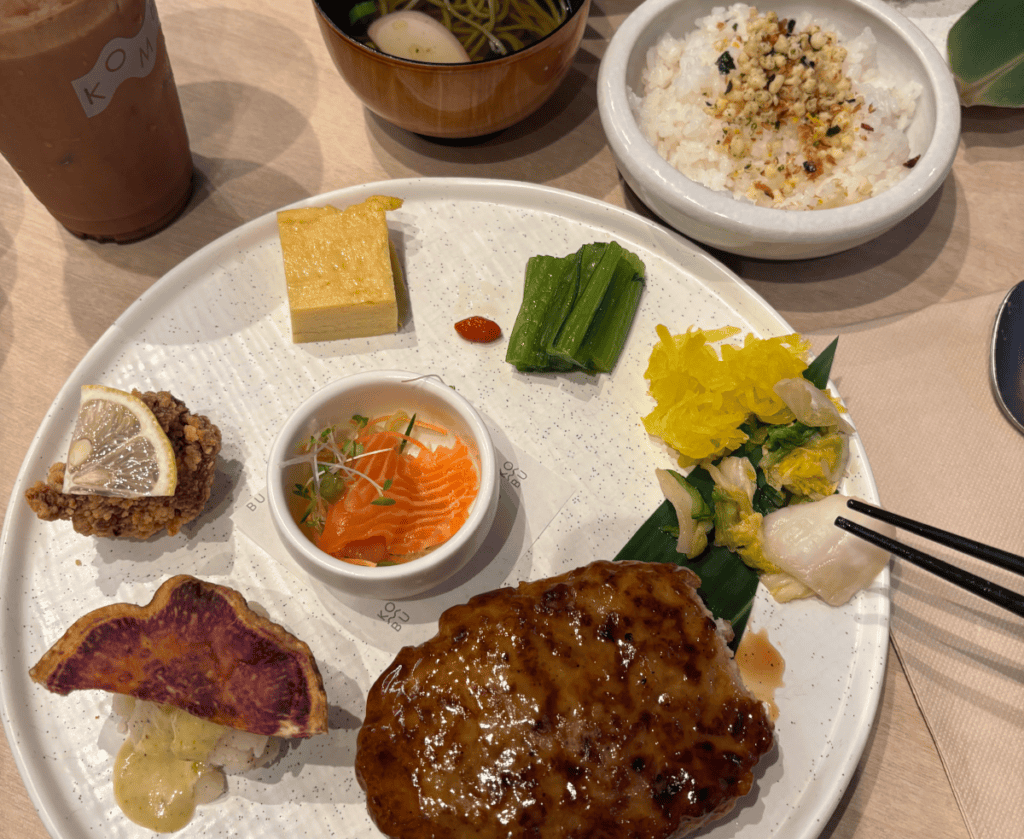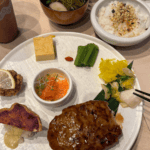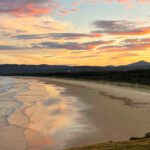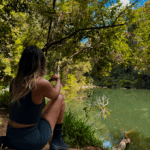What You Need To Know About the WHV in Australia
In 2024, I decided to leave my life in Portugal behind and move to Australia to do a Working Holiday Visa (WHV). Since then, it’s been more than 1.5 years. I’ve lived in multiple hostels, travelled through 3 states and worked a variety of different jobs. There are things I would do the same way over again, and some… maybe not so.
WHV in Australia Can Be the Best Time, or the Worst
If you’re thinking of doing a Working Holiday Visa in Australia, you’ve probably heard plenty of stories already. Some good ones, and for sure some bad ones. Let me tell you, from my experience, both are absolutely true. I had some of the best times of my life in Australia, and some of the worst.
I lived in hostels for months, sharing my room with other fully grown adults. At the same time, I was working like crazy to save as much money as possible. I learned a lot during these times, but they were also incredibly challenging. On the other hand, I got to experience sunrises and sunsets surrounded by kangaroos, sat next to bonfires on the beach, and met some incredible, fun people.
That’s the reality of a backpacker experience in Australia – it’s a mix of adventure, freedom, and also hard work.
Finding Work on a Working Holiday Visa
When you arrive in Australia on a WHV, one of your first priorities will be finding a job. Depending on the city and season, this can be easy or really tough. Popular industries for working holiday visa jobs in Australia include:
- Hospitality (cafes, bars, restaurants)
- Retail and customer service
- Labouring and construction
- Farm work and fruit picking (especially for the 88 days requirement)
I know from my own experience it can be really hard and stressful trying to find a job when you first arrive. It feels super scary and uncertain, and particularly in the bigger cities, there is so much competition. Some jobs offer great pay and conditions, while others try to exploit travellers who don’t know their rights. Always make sure you’re being paid at least the minimum wage in Australia. If you’re unsure, check the Fairwork Website.
Doing Your 88 Days
One aspect of the Working Holiday Visa in Australia that many backpackers struggle with is finding a way to do their 88 days of specified work. The “88 days” refers to the minimum required days of regional or farm work you must complete in order to extend your WHV for another year.
Especially after COVID, the job market has become incredibly competitive in this area. There are heaps of scam job offers or dodgy employers that take advantage of backpackers desperate to get their extension. Because there isn’t really a way around the 88 days, some backpackers even work for just a few dollars an hour (which is actually illegal, but sadly, some farms still get away with it).
If you’re planning to do your farm work in Australia for the WHV extension, here are a few tips:
- Use official websites like Harvest Trail to find legitimate jobs.
- Connect with other backpackers in Facebook groups to hear about recent experiences.
- Keep all your payslips and contracts as proof for the visa application
Anyway, I know this sounds scary and frustrating, but believe me, if you want to extend your visa and stay in Australia, there are ways (even fun ones). I personally ended up doing mine in Queensland. You can read more about that here.
The Highs and Lows of a Working Holiday
A Working Holiday in Australia is not just about jobs and visas. It’s about the people you meet, the adventures you have, and the personal growth that comes with it (believe me, there’s heaps of growth). From late-night hostel kitchen conversations to road trips across states, I’ve made memories I’ll never forget.
But it’s also a lifestyle that can feel unstable. Constantly moving, living out of a backpack, and never knowing where your next job will come from can be stressful. It’s important to budget well, look after your mental health, and have a backup plan if things don’t go as expected. As you might have taken from my blog, which is about slow travelling, I’m not really made for the nomadic life but rather to stay in a place for a while. But it’s your time in Australia, so you should design it the way you want it!
The Animals
Okay, how can I talk about Australia and not mention its diverse fauna and flora? I know some of you are probably expecting me to be talking about Spiders and Snakes (yes, I had some encounters), but the real threat out there has wings – the Magpies. These birds are nothing like you’ve ever encountered in Europe before. Especially during their mating season, they’re aggressive. And once they have decided they don’t like you, they not only remember your face but also start to swoop from above to make you get away from their nest.
I luckily only had a few encounters, but some of my friends had to fear for their lives (or at least their ears and eyes) on a daily basis. So before you head to Australia, learn about these birds and how not to piss them off.
Final Thoughts
If you’re considering a Working Holiday Visa in Australia, know that it can be the best decision you’ll ever make – but also one of the toughest experiences you’ll go through. You’ll work hard, play hard, and learn a lot about yourself along the way.
For me, it’s been a journey of both incredible highs and challenging lows, but I wouldn’t trade it for anything. If you’re ready for adventure, willing to work, and open to meeting people from all over the world, then a WHV in Australia might be exactly what you’re looking for.
